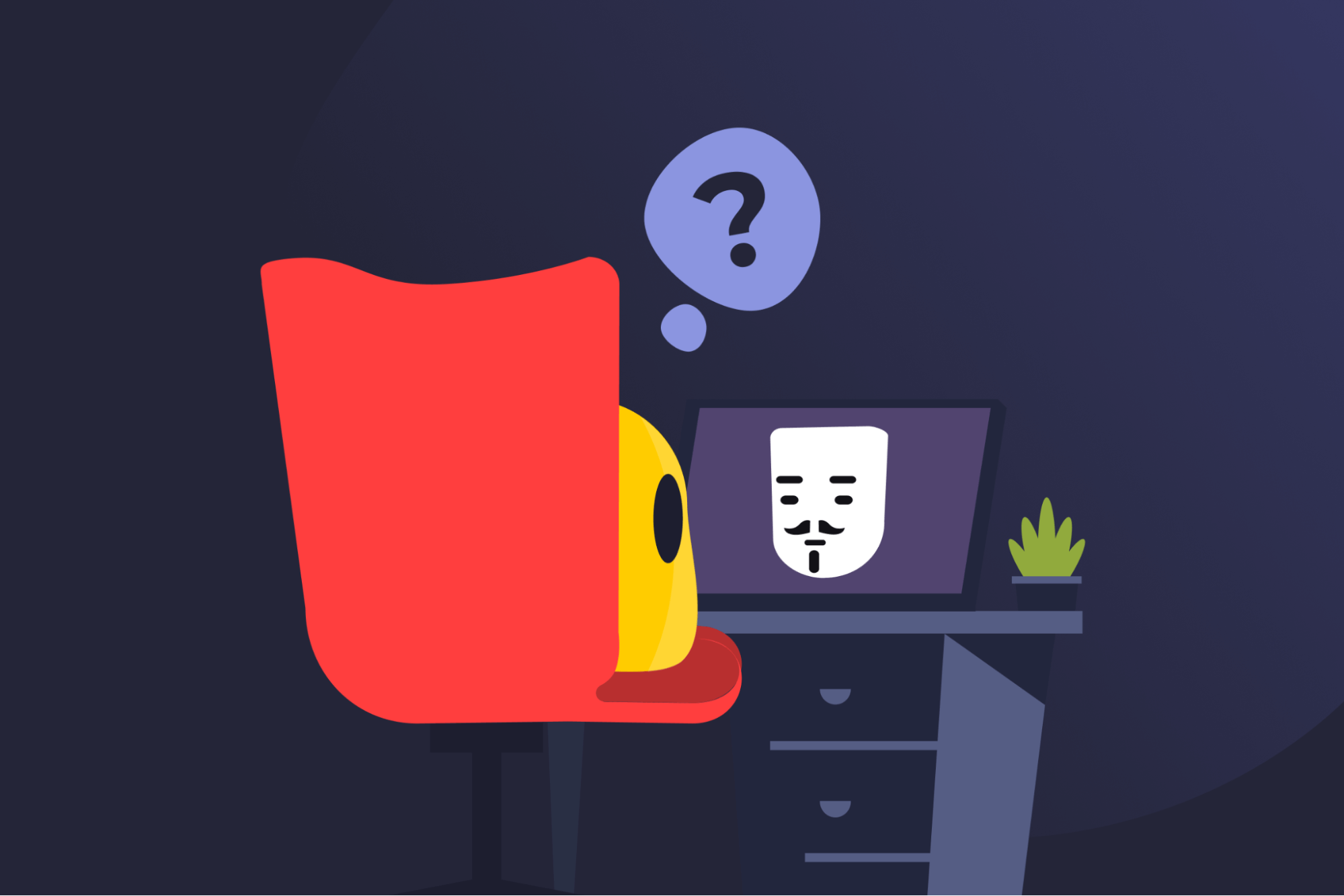Internet Troll

Internet Troll Definition
An internet troll deliberately uses provocative, off-topic, or disruptive messages to trigger emotional reactions. Trolling usually takes place on forums, comment sections, social networks, gaming chats, and group messaging apps. It's defined by its intent and pattern; the goal is to inflame, distract, or harass, not to debate in good faith.
How Internet Trolling Works
Trolling is distinct from legitimate criticism. A genuine critique addresses the topic, provides reasons, and is open to counterarguments. Trolling seeks reaction over resolution. Common trolling tactics include:
- Provocation and flamebait: Inflammatory posts designed to spark arguments.
- Derailing: Off-topic comments that divert a discussion away from the subject.
- Sealioning: Repeated and insincere demands for proof or explanation.
- Dog-whistle: Coded or ambiguous language used to provoke others.
- Brigading: Coordinated replies or pile-ons that overwhelm a target.
- Sockpuppeting: Multiple accounts used to amplify a viewpoint or feign consensus.
- Spam flooding: Excessive low-value posts, links, or memes that overwhelm a space.
- Shock content: Graphic, obscene, or offensive material intended to elicit strong reactions.
Types of Internet Trolls
- Drive-by troll: Drops a single provocation and leaves.
- Persistent harasser: Targets a person or community repeatedly over time.
- Sockpuppet/throwaway: Uses disposable accounts to evade moderation.
- Coordinated/brigade participant: Acts as part of a group to manipulate a discussion.
- Bot-assisted troll: Employs automation (bots or scripts) to amplify their reach.
How to Spot an Internet Troll
These are the typical signs of an internet troll:
- Intent to inflame: Posts focused on outrage, not understanding.
- Pattern over time: Recurring attempts to provoke, even after answers are given.
- Refusal to engage: Dismissal of evidence, shifting of goalposts, or selective quoting.
- Account signals: New accounts with minimal history or sudden bursts of activity.
- Coordination hints: Clusters of similar replies, identical phrasing, or repeated links from the same source.
- Boundary testing: Rule-skirting content that escalates hostility or irrelevance.
Read More
FAQ
A common example of trolling includes posting a deliberately outrageous take to spark an emotional reaction. Other examples include repeatedly asking the same question after it’s been answered or coordinating a flood of replies. The shared thread in all those situations is intent: the goal is to provoke a reaction or derail a conversation.
Some people may become internet trolls for attention or entertainment. Others may look to push an ideology, retaliate against other individuals, advertise/spam for clicks, or participate in organized campaigns. Some trolls are agenda-driven, while others do it to cause disruption in conversations or communities.
If you believe you’re being trolled online, prioritize safety and reduce attention. Avoid posting replies and use any available digital tools to mute, block, or report the internet troll. It’s also wise to tighten privacy settings and limit what’s visible online. If threats, stalking, or hate speech occur, follow platform escalation channels and consider contacting local authorities.

 45-Day Money-Back Guarantee
45-Day Money-Back Guarantee